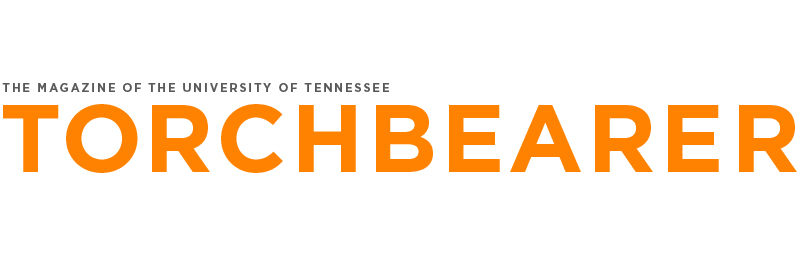For most people, murder, arson, and violent crime are the stuff news stories and urban legend. But UT researchers who specialize in forensic work stare down death and sift through …
Body of Work
-
-
Bill Bass had an idea. A big idea. One that would change the face of forensics forever. When Bass came to UT’s anthropology department in 1971, that idea had already …
-
For more than 35 years, the Forensic Anthropology Center has been accepting donations of bodies to be placed at the outdoor research facility. More than 100 donations are received every …
-
Since its beginnings, the Forensic Anthropology Center has been conducting research that continually pushes the boundaries of what the world knows about human decomposition. Take a look at three research …
-
A building lies in ruins, its smoky shell all that remains. As firefighters turn their attention from battling the blaze to figuring out what caused it, their first call goes …
-
From his first encounter with William Bass, P. Willey (’82) knew he wanted to become an anthropologist. You might even say his future was ordained.
-
A skeleton found in an abandoned house haunted Jennifer Love (’99 & 01) for months. As the forensic anthropologist for Shelby County, Tennessee, it was her job to piece together …
-
David Hunt (’83 & ’89) remembers visiting the Dickson Mounds State Museum, not far from his home in Washington, Illinois, as early as age six and being fascinated by the …
-
For three decades, the Forensic Anthropology Center has been on the forefront of forensic anthropology, turning out research and helping train law enforcement officials from around the country.
